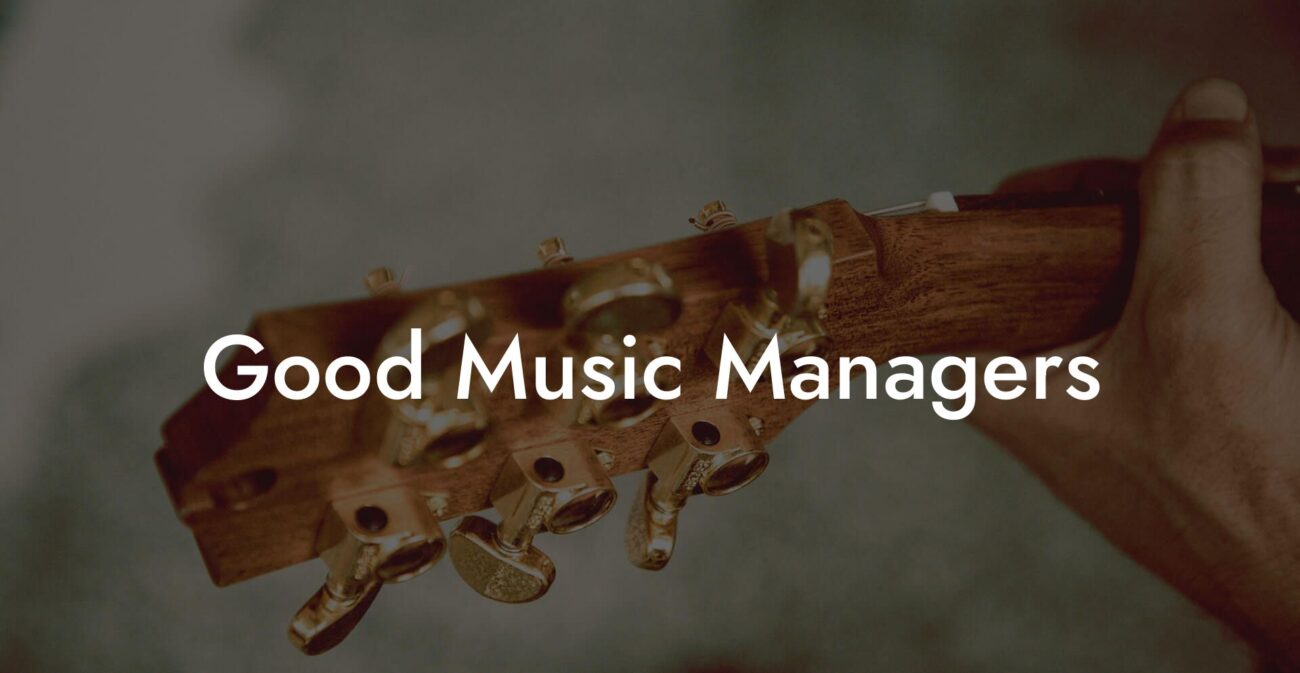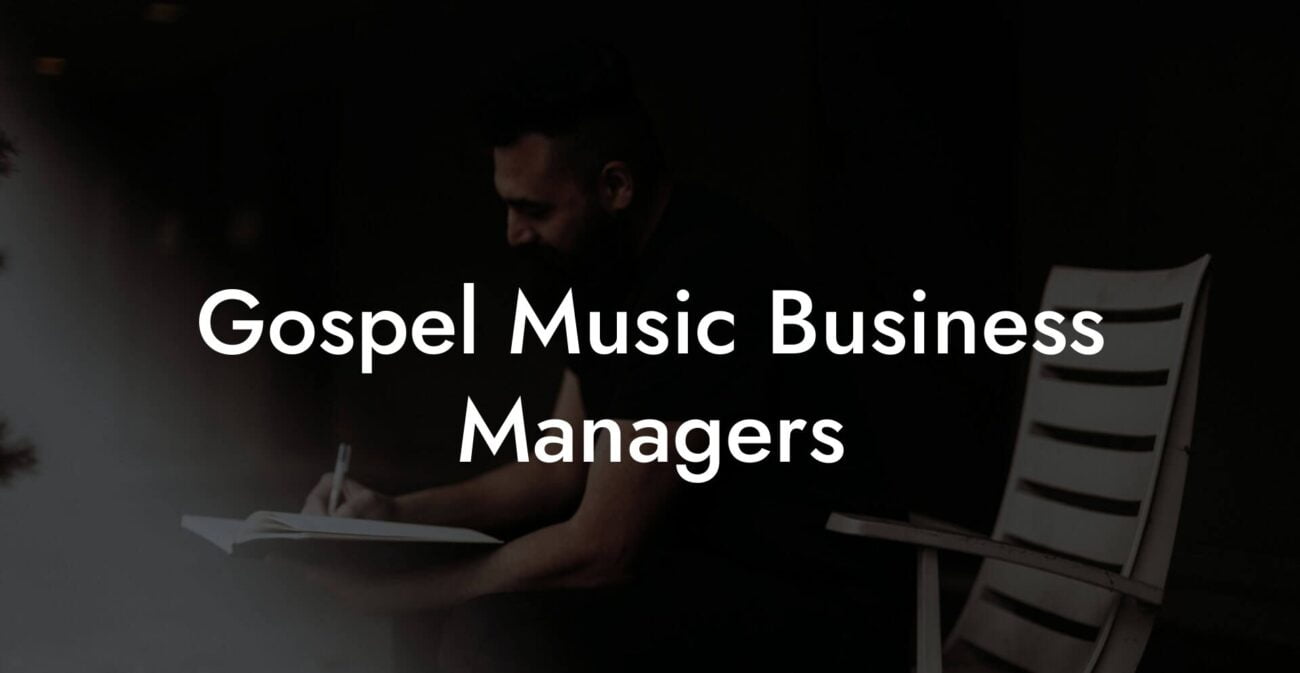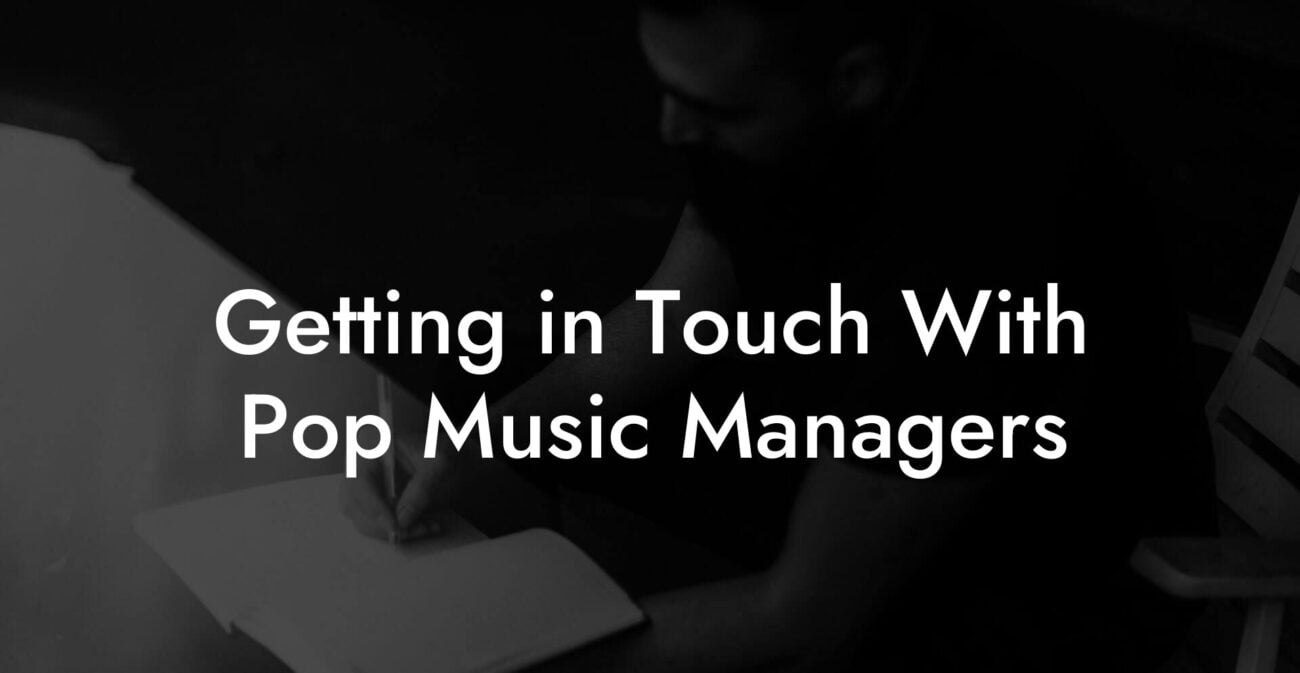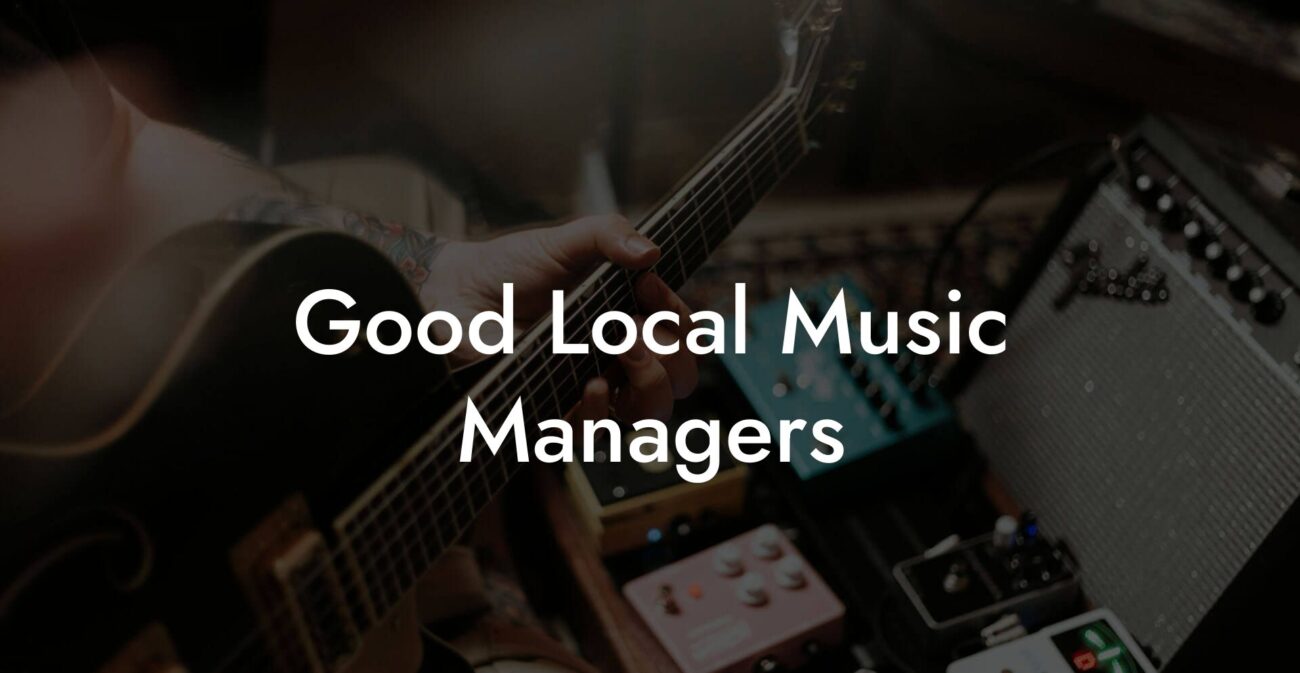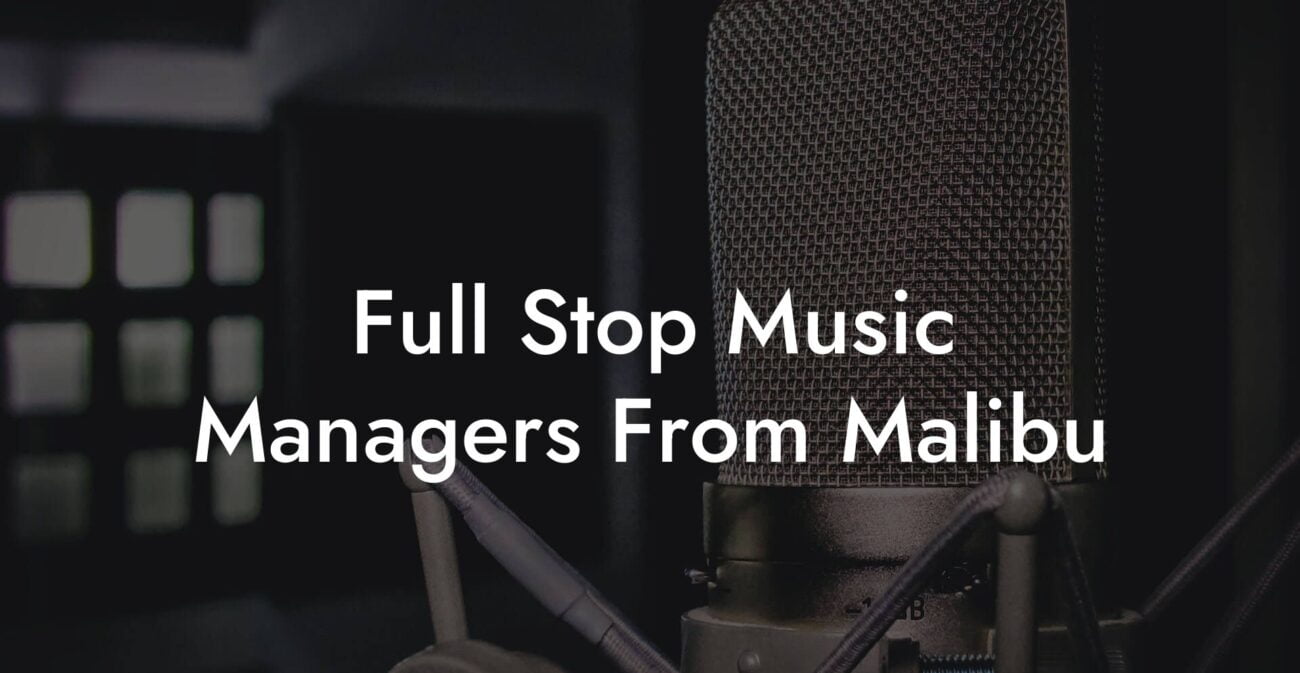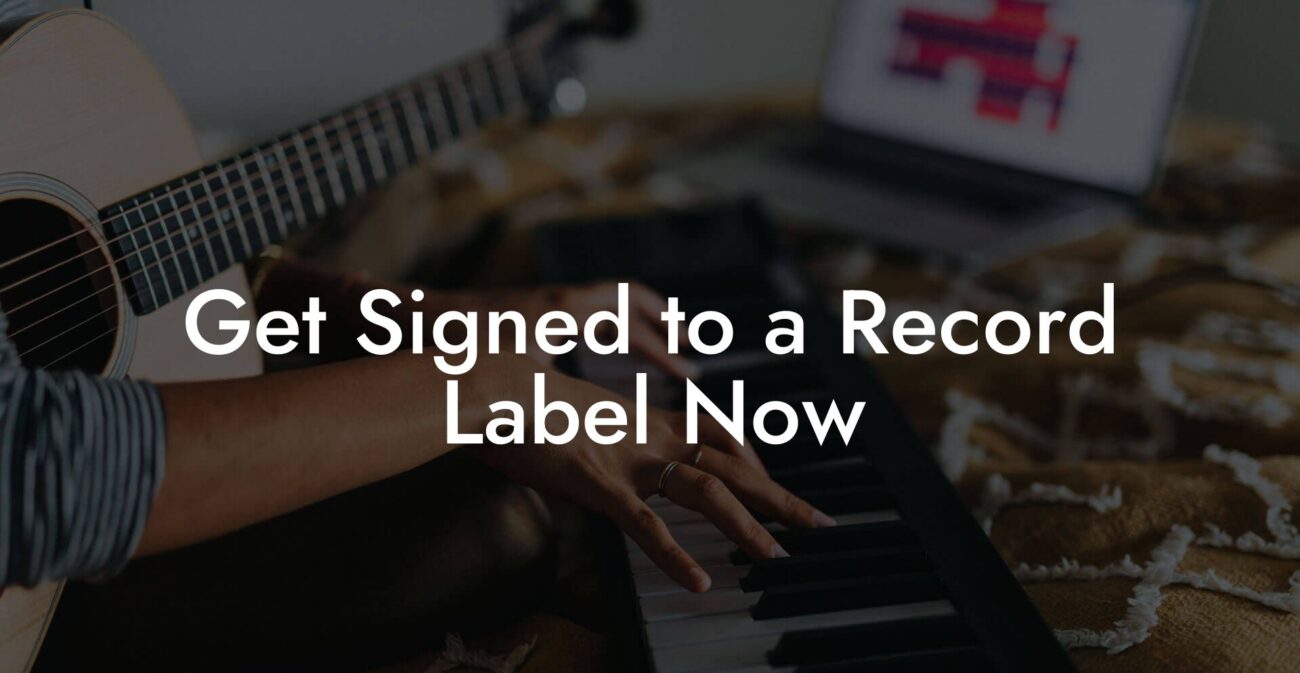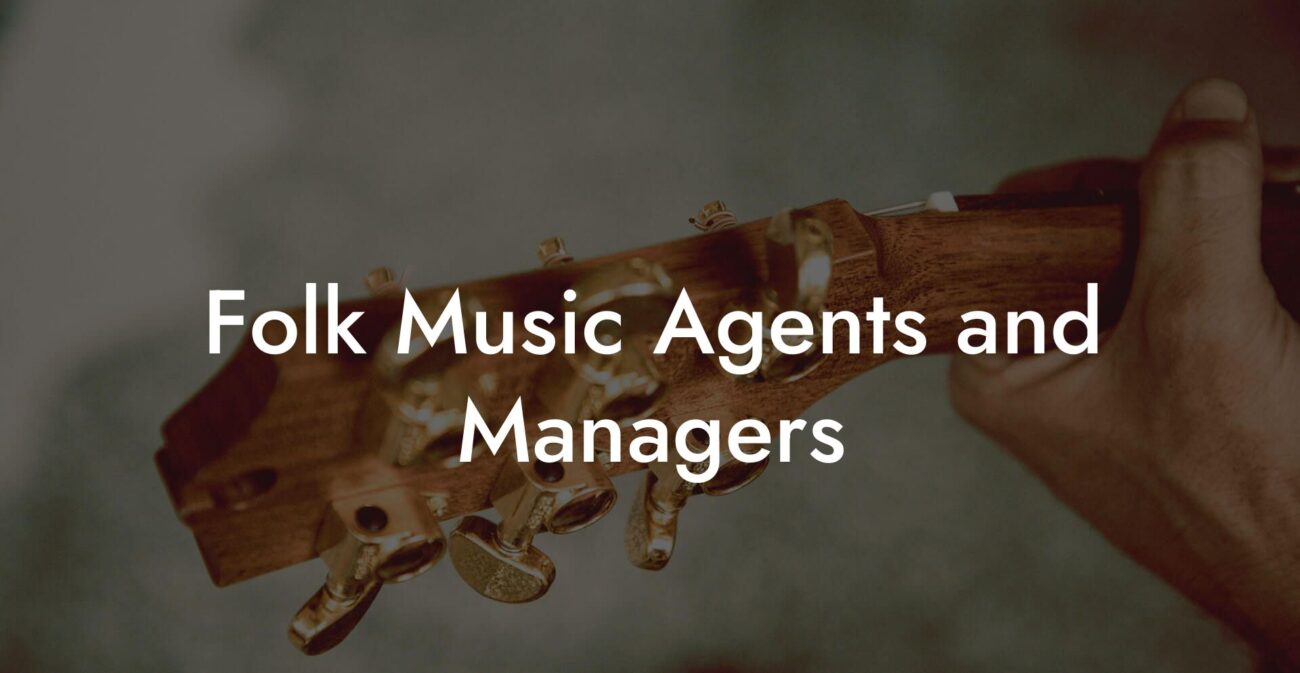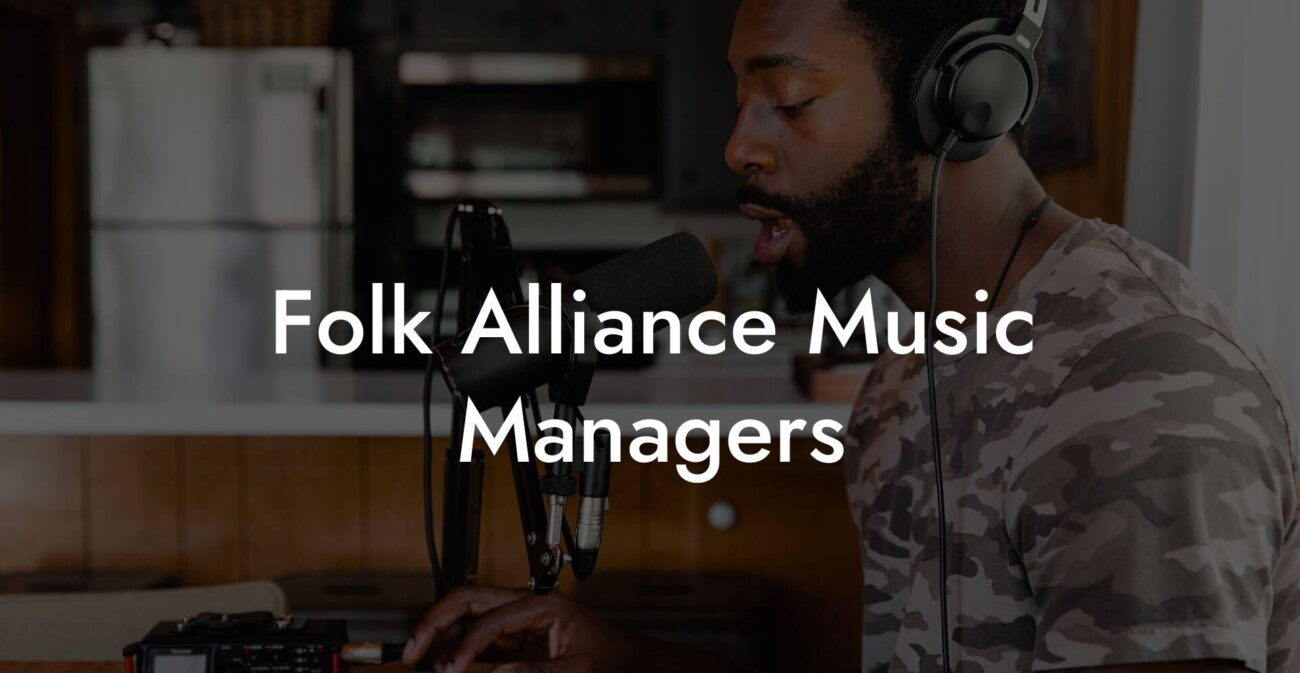Songwriting Advice
How To Make Miku Songs
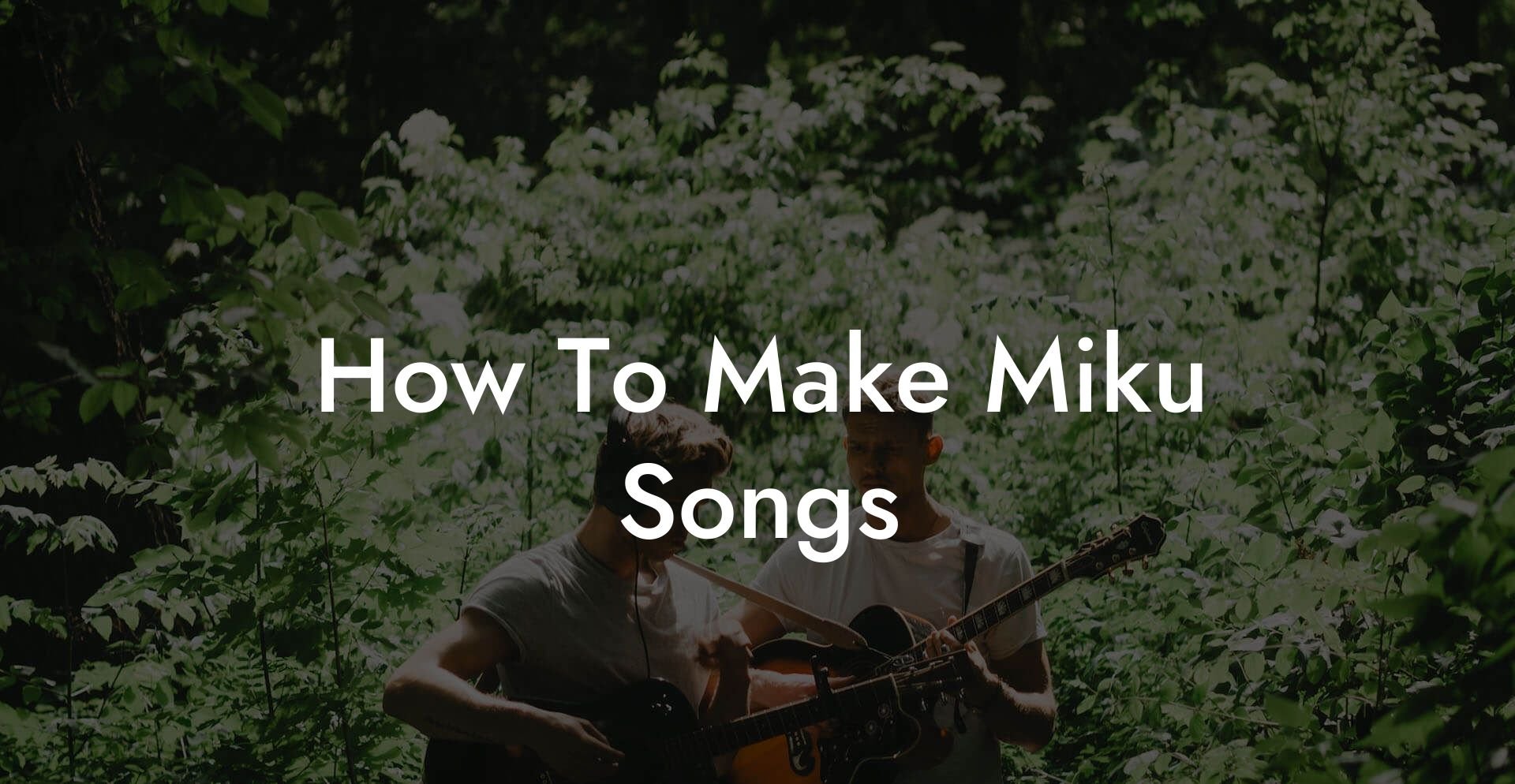
You want Hatsune Miku to sing your weird little anthem and for strangers to cry in the comments. Great news. This guide walks you from that first shaky idea to a finished track that sounds like you but also sounds like Miku. It explains the tools, the vocal tuning, the lyric tricks, the mixing moves, and the release plan. Everything is written for bedroom producers who sleep less than they used to and for songwriters who love the idea of a digital pop star and know all the lyrics to the Miku concerts they did not attend in person.
Quick Interruption: Ever wondered how huge artists end up fighting for their own songs? The answer is in the fine print. Learn the lines that protect you. Own your masters. Keep royalties. Keep playing shows without moving back in with Mom. Find out more →
Quick Interruption: Ever wondered how huge artists end up fighting for their own songs? The answer is in the fine print. Learn the lines that protect you. Own your masters. Keep royalties. Keep playing shows without moving back in with Mom. Find out more →
Quick Links to Useful Sections
- What Is Hatsune Miku and Why Make Miku Songs
- What You Need To Start
- Songwriting For Miku
- Pick a concept and a title
- Melody tips for a synthesized voice
- Lyric writing for Miku
- Programming Miku Vocal Tracks
- Phonetics and timing explained
- Vibrato and expression controls
- Processing and Mixing Miku Vocals
- Vocal chain that works
- Arrangement and Production Choices That Make Miku Shine
- Instrument choices that pair well
- Making the Video and Visuals
- Copyright and Rights You Must Know
- Release Strategy That Actually Gets Listens
- Monetization and Community
- Common Problems and How To Fix Them
- The vocal sounds robotic
- The consonants are swallowed
- The English pronunciation is awkward
- The vocal gets lost in the mix
- Practical Examples You Can Steal
- Example 1 Put a neon ring on heartbreak
- Example 2 Hyperpop Miku meltdown
- Practice Exercises
- Vowel pass exercise
- Phoneme clinic
- Mix quick pass
- Release Checklist
- FAQs
We keep the tech talk useful and the examples obvious. We define every acronym as we use it so you never have to guess what someone meant when they typed something in a Discord channel at 3 a.m. We include scenarios you will recognize and shortcuts you can use today. Prepare to sing into a computer and make a song that people want to loop twice on the first listen.
What Is Hatsune Miku and Why Make Miku Songs
Hatsune Miku is a virtual singer created by Crypton Future Media using a technology called VOCALOID. VOCALOID is a voice synthesis engine made by Yamaha that lets you type a melody and lyrics and then have a life like singing voice perform them. Miku is a voicebank plus a character with a huge fan base. She is used for everything from lo fi sad songs to club stompers and orchestral epics.
Why make songs with Miku
- You get a consistent singing instrument that never misses a rehearsal.
- You can experiment with vocal timbres that would be hard with a live singer.
- You tap into a huge community that loves sharing, remixing, and making fan art.
Real life scenario
You are a songwriter with one vocal take that sounds like a cat cleared its throat. You can still make a gorgeous, polished track by writing for Miku and using vocal synthesis as your lead vocal. You also get to post a thumbnail that features a teal ponytail and watch the algorithm do its thing.
What You Need To Start
Hardware
- A computer that runs your DAW reliably
- A pair of decent headphones or monitors
- An audio interface if you record instruments or live vocals
Software
- A DAW. This is your Digital Audio Workstation. Popular options are FL Studio, Ableton Live, Logic Pro, Studio One, and Cubase. Pick one you can live with for months.
- VOCALOID editor or Piapro Studio. Piapro Studio is Crypton Future Media tool that inserts itself as a plugin inside your DAW and loads Hatsune Miku voicebanks. VOCALOID editor is the official Yamaha tool that works with VOCALOID voicebanks. Newer users often use Piapro Studio because it integrates easily with the Miku voicebanks sold by Crypton.
- Miku voicebank. You will see names like Hatsune Miku V4X and Hatsune Miku NT. Those are different versions of Miku with different character in the voice. Pick the one whose demo tracks make you feel something.
- Common mixing plugins. EQ, compressor, reverb, delay, deesser, saturation. Many DAWs include usable built in versions.
- Optional vocal processing tools. Melodyne, Auto Tune, or pitch correction are not always necessary because the VOCALOID voice is already tuned. However these tools can be useful if you record live vocals to double with Miku or if you want more human feel.
File types and acronyms explained
- VOCALOID. The singing engine. You will interact with a VOCALOID editor or with Piapro Studio to program the voice.
- Voicebank. The recorded voice samples and parameters for a specific vocal persona. Miku is a voicebank.
- DAW. Digital Audio Workstation. This is your studio inside a computer where you arrange and mix the song.
- VST. Virtual Studio Technology. These are plugin instruments or effects you load into your DAW. They are not physically visible but they change sound.
- Pitch bend. A parameter that lets you slide the pitch smoothly between notes to simulate expressive singing. Vocal editors let you draw pitch bend curves.
Songwriting For Miku
Write with the voice in mind. Miku excels at clear vowels and fast runs. She can do soft intimate lines and bright flanged pop. Think about what you want the listener to feel in the first line and in the first chorus. Miku will deliver that feeling with more precision than most human singers if you give her good material.
Pick a concept and a title
Start with one sentence that states the emotional promise of the song. Make it textable. Example
- I need to say goodbye to someone I still love.
- Riding at sunrise and forgetting the map.
Turn that sentence into a short title. The title should be singable and easy to repeat. Miku songs often use English titles or Japanese titles. Both work. Keep vowels that are easy to sing on long notes like ah oh ee.
Melody tips for a synthesized voice
Design contour. A clear contour makes the ear follow the line. Use small leaps and clear steps. Keep the chorus melodically higher than the verse to create lift. Add a brief leap into the chorus top note and then step down for comfort.
Phrase in singable chunks. Miku voices sound best when vowels are given space. Avoid cramming too many syllables into a long held note. If you want runs or rap style lines, design them as short rhythmic patterns that the vocal engine can articulate cleanly.
Lyric writing for Miku
Decide the language. Miku has strong support for Japanese lyrics but English works too. If you write in English then you will need to tune phonetics and sometimes adjust romanization so the vocal engine pronounces things cleanly.
Write concrete imagery. The same rule that makes human sung lyrics work applies to Miku. Specific objects and tiny actions create a cinematic impression without needing emotional lecturing.
Real life scenario
You want a verse that shows loneliness but not say the word lonely. Write a line like The microwave blinks you out of the apartment again. That line invites the vocal timbre to match the mood and gives you vowels that sing well.
Programming Miku Vocal Tracks
Step by step workflow you can use right now
- Create a basic instrumental loop in your DAW. Decide tempo and key. A two minute to three minute skeleton is fine for a demo. Keep the arrangement simple so the vocal sits clearly.
- Open Piapro Studio or your VOCALOID editor as a plugin in the DAW track where you want vocals. Load the Miku voicebank you bought.
- Input the melody either by drawing notes in the editor piano roll or by playing MIDI into the editor with a keyboard. Use the same MIDI track for editing pitch and timing later.
- Type or import the lyrics into the editor. If you use Japanese write in kana if possible. If you use English write the romanized phonetics and then tune individual phonemes for clarity.
- Play the raw vocal and listen for mistranscribed syllables or weird consonant cuts. Fix these by editing phonemes in the editor. Most editors let you select a syllable and change its phoneme to a different sound such as adding a soft consonant or extending the vowel.
- Tune timing. Shorten or lengthen note durations where necessary. Human singers inhabit slight overlaps between consonant ends and vowel starts. Add a few milliseconds of overlap into the vowel when a consonant feels clipped.
- Add pitch bend to important notes. For expressive sliding into a note draw a small curve before the beat. For a natural vibrato on sustained notes draw a small periodic pitch wobble starting after a short delay. Many editors offer vibrato presets you can tweak for speed and depth.
- Add breath sounds and short sighs. These are small audio files you can insert between phrases or program as short notes with breath samples assigned. Breath gives the vocal a living quality.
- Export a rough vocal render and sit in the mix. If the vocal either floats on top too cleanly or feels too synthetic adjust the synth settings inside the voicebank. Most modern Miku voicebanks include parameters for brightness, breath, and gender or age perception. Adjust these to taste.
Phonetics and timing explained
Phonetics. Vocal editors encode singing as sequences of phonemes. A phoneme is the smallest unit of sound that changes meaning. In practice you will choose how a word is pronounced inside the synthesizer. For English this can require manual tuning because the voicebank hears romanization differently than a human ear. For Japanese voicebanks using kana generally produces cleaner results because the voicebank is trained on those sounds.
Timing. Humans add tiny timing shifts that the brain treats as emotion. Slightly delay stronger syllables by a few milliseconds to make the line breathe. Conversely push a syllable slightly forward when you want the phrase to sound urgent. These are small micro timing edits. They are not cheating. They are expressive control.
Vibrato and expression controls
Vibrato onset. Start vibrato after the initial attack of a note. A good rule is to delay vibrato by around 120 to 300 milliseconds depending on tempo. Faster songs need shorter delay.
Vibrato depth. Too much vibrato on a synthetic voice will make it robotic in the wrong way. Start with low depth and raise until it sounds human but not wobbly.
Breath control. Insert breaths at natural phrase boundaries. You can also use a soft breath before an emotional line to create intimacy.
Processing and Mixing Miku Vocals
Miku vocals arrive in your DAW as a rendered audio file or as a plugin output. Treat the vocal like any lead vocal but respect the unique qualities of a synthetic voice.
Vocal chain that works
- High pass filter to remove rumble. Set around 80 Hz or where the low end of the vocal starts.
- Deesser if consonants s and sh are harsh. Set threshold conservatively.
- Gentle compression to level phrases. Use slow attack and medium release so the vocal breath comes through.
- EQ to carve space. Boost presence between 2 kHz and 5 kHz for clarity. Remove boxiness around 200 to 400 Hz if needed.
- Saturation for warmth. Small amounts of tape or tube saturation glue the voice into the mix.
- Reverb and delay for space. Use a short plate or small hall for verse and a wider long reverb for the chorus. Tempo sync a slapback or a dotted delay for modern pop effects.
- Parallel processing for body. Duplicate the vocal track, low pass the duplicate and compress it hard then blend under the main vocal for weight.
Tips for keeping Miku natural
- Automate parameters. Raise reverb send in the chorus and lower it in the verse. Automation makes static synthetic timbres feel alive.
- Use doubles. Record or synthesize a second vocal to double the main line for thickness. Slightly detune or time shift the double for human like variation.
- Emphasize consonants. When the vocal sounds too smooth add a tiny amount of transient shaping or add a consonant sample to the start of sustained notes.
Arrangement and Production Choices That Make Miku Shine
Miku voices cut through dense mixes when you design the arrangement to leave space. Avoid filling every frequency all the time. Let the mid range where vocals live be uncluttered for the hook moments.
Instrument choices that pair well
- Plucky synth arps and glassy pads for electro pop
- Electric guitar with chorus for indie electronica
- Strings and piano for orchestral ballads
- 808 sub and tight claps for trap influenced productions
Signature sound idea
Pick one small sonic motif like a vocal chop or a bell tone and use it as the character that returns between sections. Miku fans love motifs because they double as aural identity and as easy loop points for remixes.
Making the Video and Visuals
Miku songs live on YouTube and on specialist platforms. A good video gets shares. You do not need big budget animation to win. A strong static image with motion typography can perform well. If you can afford it try a simple 3D scene or a Miku Miku Dance animation. MMD is community software for animating 3D models including Hatsune Miku. It takes practice but you can learn the basics fast enough to create simple choreography loops.
Thumbnail rules that work
- Bold readable title text
- Miku or a silhouette with her signature color palette
- High contrast and a single emotion on display
Copyright and Rights You Must Know
You can sell songs that use Hatsune Miku voicebanks. The voicebank license usually allows commercial distribution of songs created with the voice. However the character Hatsune Miku is owned by Crypton. Using official character art or creating commercial merchandise with her image usually requires an additional license. Read the voicebank license and Crypton usage rules before you sell physical goods that use Miku imagery. If you plan to make a crowd funded project featuring her image on merchandise then contact Crypton for clear permission.
Real life scenario
You upload a Miku song to Spotify and start selling T shirts with a fanart style Miku drawing. That T shirt may infringe character rights even if the song is fine to sell. Always separate the music license from the art license and get legal clarity before you make merch.
Release Strategy That Actually Gets Listens
Platforms
- YouTube. The discovery engine. Make a simple lyric video and post with tags that include Hatsune Miku and VOCALOID and related genre tags.
- Niconico Douga. The Japanese video community where VOCALOID culture is strong. Upload here if you want to reach fans who speak Japanese.
- Streaming services. Use a distributor like DistroKid or TuneCore to get on Spotify Apple Music and others.
- Bandcamp for direct sales. Fans who want lossless audio or merch will often use Bandcamp.
Promotion moves
- Post clips on TikTok and Instagram with the chorus. Short loops can go viral.
- Share the instrumental and encourage remixes. The VOCALOID community loves stems and remixes.
- Use tags and a clear description. Mention the voicebank version and the name of the vocal editor you used.
Monetization and Community
You can monetize streams and sell tracks directly. You can also offer stems for remix contests and run a small remix pack competition. That builds content and keeps the fans engaged. Engage with creators who use your song for fan videos and fan art. The VOCALOID scene thrives on collaborative culture.
Common Problems and How To Fix Them
The vocal sounds robotic
Add human variations. Slight timing shifts and tiny pitch fluctuations improve realism. Use breath samples on phrase boundaries. Soften vibrato depth and ensure the consonants are natural sounding by editing phonemes directly.
The consonants are swallowed
Extend the consonant length in the editor or add a tiny pre consonant sample. You can also reduce the legato or decrease the transition envelope so consonants remain clear.
The English pronunciation is awkward
Write the lyrics using phonetic spelling targeted to the voicebank. Test different phoneme combinations such as changing a native English diphthong into two simpler vowels. Listen and adjust until it sounds natural. Sometimes splitting a syllable into two separate notes helps clarity.
The vocal gets lost in the mix
Clear the mid range where the vocal lives. Sidechain a pad with a slow attack to dip when the vocal enters. Use a presence boost and automate reverb sends to keep the vocal clear during verse and large during chorus.
Practical Examples You Can Steal
Example 1 Put a neon ring on heartbreak
Tempo 120. Key A minor. Instrumentation synth bass pads gated arps kick in four on the floor for chorus. Melody uses small leaps with a big chorus leap on the word goodbye. Add breath before the chorus for intimacy. Vibrato starts on the second beat of held chorus notes with a shallow depth. Reverb on the verse is short and close. Chorus opens into a lush hall reverb.
Example 2 Hyperpop Miku meltdown
Tempo 170. Use distorted vocal chops as percussive elements. Melody uses staccato runs. Tune consonants to be sharp and place glides into the chorus to create an emotional wobble. Use heavy saturation on the chorus vocal and a sidechain duck so the synths breathe when the voice hits. Make the thumbnail chaotic and teal and post a 15 second hook to TikTok with a caption that dares fans not to cry.
Practice Exercises
Vowel pass exercise
- Load a simple two chord loop.
- Sing vowels into the VOCALOID editor or hum and record a MIDI idea then fill with phonetic vowels.
- Mark the most repeatable gesture and place a short title phrase on it.
Phoneme clinic
- Write a four line verse.
- Program it into the editor with default phonemes.
- Record a quick render and list the three syllables that sound worst.
- Fix each syllable by changing phonemes and timing. Repeat until clean.
Mix quick pass
- Set an EQ notch to make space for 3 kHz if the vocal is fuzzy.
- Add one bus reverb and send both verse and chorus differently.
- Compress the vocal and then add 10 to 20 percent parallel compression for weight.
Release Checklist
- Read the voicebank and character usage rules for commercial releases
- Render a high quality master for streaming and a separate mastered WAV for Bandcamp or paid downloads
- Create a thumbnail that signals Miku and your aesthetic
- Write a YouTube description with links to stems and credits for plugins and the voicebank
- Post short clips and a behind the scenes demo of the vocal tuning to build interest
FAQs
Can I use Hatsune Miku commercially
Yes you can sell songs made with Miku voicebanks in most cases. The voicebank license typically allows commercial use of the audio you create. However the character image and official artwork belong to Crypton Future Media and may require additional permission or a license to use commercially on merchandise. Check the licensing terms on Crypton and the voicebank seller before you monetize anything beyond the audio track itself.
Which Miku voicebank should I buy
Listen to demos. If you want a classic bright Miku sound look for V4X demos. If you want a modern more human tone check demos for Miku NT. Your choice should be guided by the emotion you want the vocal to carry and by compatibility with your editor and DAW. Many producers own more than one voicebank so they can pick the best fit.
Is VOCALOID editing hard to learn
Like everything the first hour is confusing and the first ten hours are thrilling. You can learn useful vocal editing in a weekend and improve with practice. Focus on phonemes timing and a few expression controls before you chase advanced automation. Practical edits create a great result faster than endless parameter tweaking.
Can Miku sing in English
Yes. Miku can sing in English but you need to be careful with phonetic spelling and with syllable timing. Japanese is often cleaner because Miku voicebanks were trained heavily on Japanese phonemes. English works well when you are willing to tune phonetics and listen closely to consonant attacks.
Do I need to buy extra plugins
Not necessarily. Many DAWs include everything you need to produce a great Miku track. That said a few quality mix plugins like a dedicated deesser or a tape saturation module can speed up your process and reduce guessing. Plugins are tools not guarantees so use them to solve problems not to mask them.


